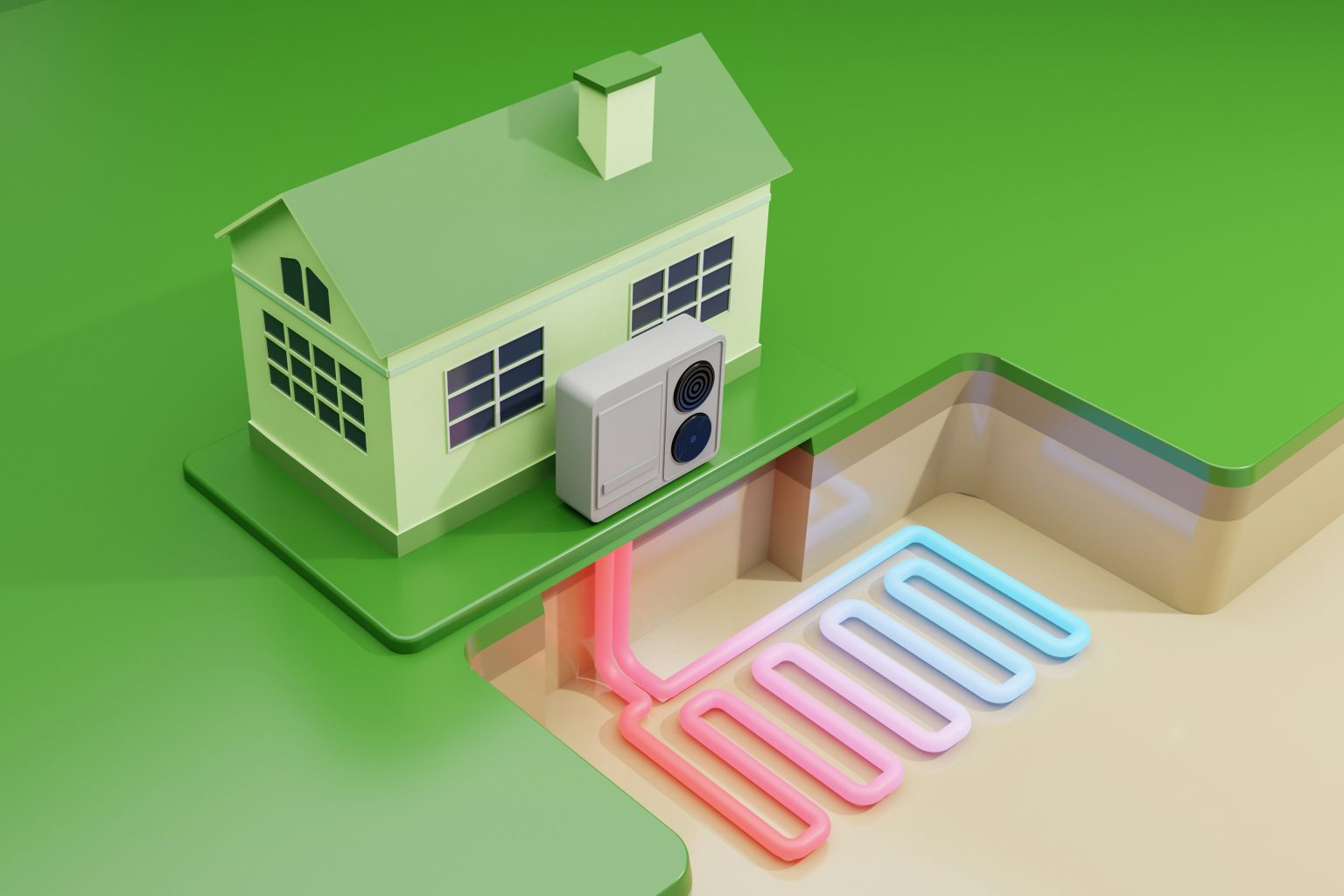In a significant move towards the UK’s net-zero ambitions, new government reforms have made it easier than ever for homeowners to install air source heat pumps. As of 2025, many properties in England no longer require planning permission for installation — a change that’s already accelerating the country’s shift to cleaner, more efficient heating.
This simplified process means less paperwork, shorter wait times, and fewer costs — allowing thousands of homeowners to upgrade their heating systems and cut carbon emissions without the usual administrative hurdles.
What Exactly Has Changed?
Previously, installing an air-source heat pump often required planning permission, particularly if the unit was sited close to a boundary or in a built-up area. That step added both cost and time to projects, discouraging some households from making the switch.
Under the new rules, most standard installations are now classed as permitted developments, meaning they can go ahead without formal approval, provided they meet basic distance and noise criteria.
This change is expected to drive a surge in installations throughout 2025 and beyond, as more homeowners take advantage of the opportunity to reduce energy bills and reliance on gas heating.
Why Air Source Heat Pumps Are Gaining Popularity
Air source heat pumps work by extracting warmth from the outside air — even in freezing conditions — and using it to heat water and radiators inside the home. Instead of burning fuel, they transfer energy, making them much more efficient and environmentally friendly than traditional boilers.
They can produce up to four times as much heat energy as they consume, and when combined with a renewable electricity supply, they offer near-zero-carbon home heating.
With energy prices remaining unpredictable, heat pumps provide homeowners with a reliable, low-cost alternative that also helps protect against future policy changes, such as higher carbon levies on fossil fuels.
The Smart Combination: Solar Panels and Home Battery Storage
Homeowners are increasingly pairing air source heat pumps with solar panels and battery storage systems to maximise efficiency. The combination allows solar energy generated during the day to be stored and used later to power the heat pump — dramatically reducing electricity costs.
This integrated setup offers the holy grail of modern home energy: self-sufficiency, minimal reliance on the grid, and predictable long-term savings. It’s also a future-proof investment as smart energy tariffs and local energy sharing schemes expand across the UK.
Financial Support and Incentives
The Boiler Upgrade Scheme (BUS) continues to play a pivotal role in the uptake of renewable heating. Under the scheme, homeowners in England and Wales can claim a grant of up to £7,500 towards the cost of installing an air source heat pump.
Combined with the removal of planning restrictions, this support makes upgrading to low-carbon heating more accessible than ever before. And with installation costs expected to continue falling as demand rises, heat pumps are quickly becoming a mainstream solution rather than a niche option.
A Key Step Toward a Net-Zero Future
The planning reform isn’t just a bureaucratic simplification — it’s a signal of intent. The government’s 2035 target to phase out new gas boilers requires massive growth in low-carbon heating technologies, and air source heat pumps are at the heart of that transition.
By removing unnecessary red tape, the UK is making it easier for households to play their part in the climate challenge — while enjoying tangible financial benefits.
Easier, Faster, and Smarter Home Heating
The removal of planning permission for most heat pump installations marks a major step forward for the UK’s green energy transition. With simpler rules, generous grants, and rapidly advancing technology, there’s never been a better time for homeowners to explore air-source heat pump installation and complementary renewable energy systems like solar PV and battery storage.
As the cost of living and environmental awareness continue to shape decision-making, it’s clear that the homes of the future will be powered and heated by clean, efficient, and sustainable technologies.



